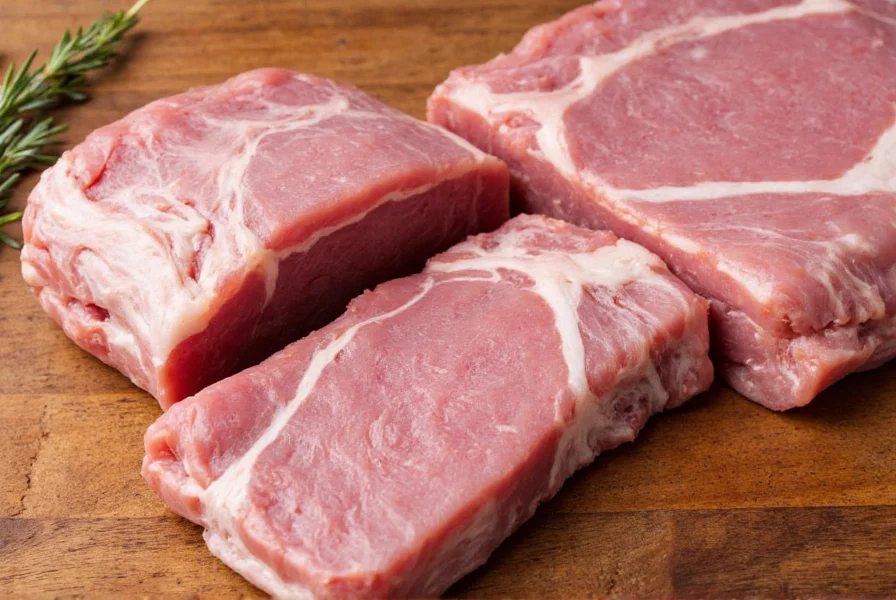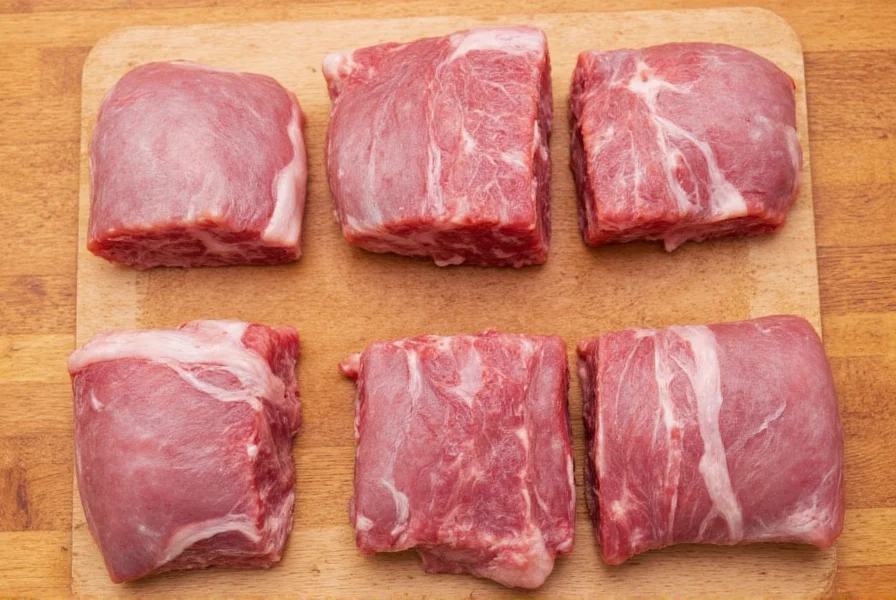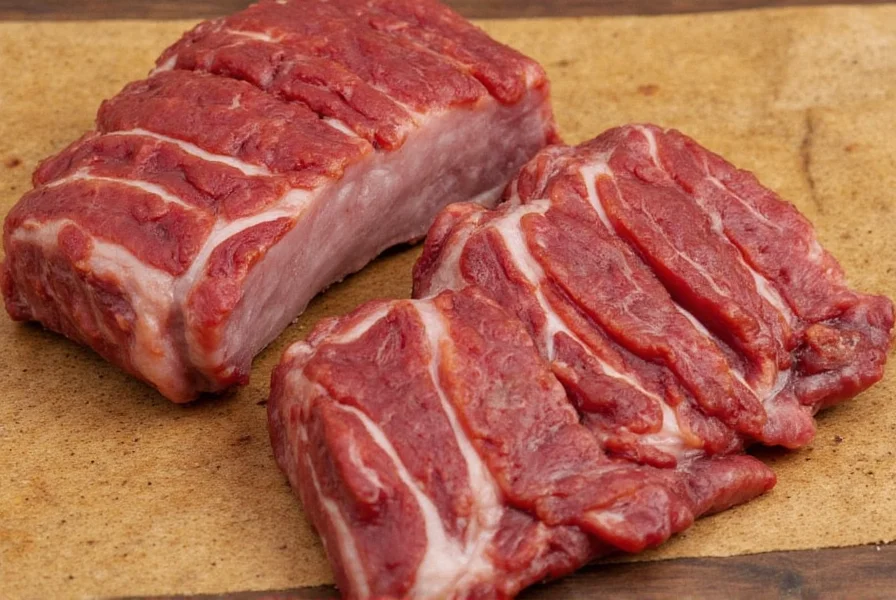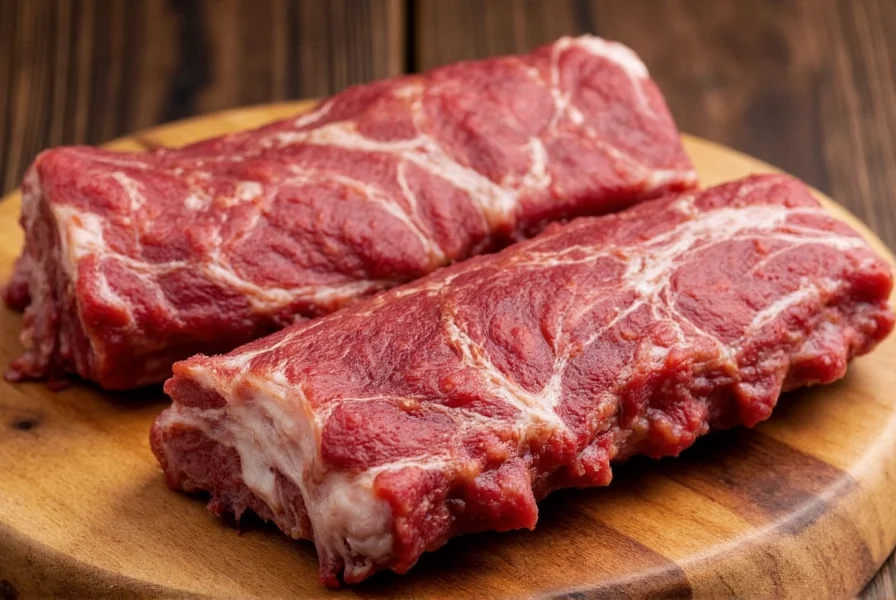No, baby back ribs are not from baby pigs. The term "baby" refers to their size and curvature, not the age of the pig. They come from the upper ribcage of adult pigs, typically weighing 250-300 pounds. Let's clear up this common misconception and explain what baby back ribs really are.
What Are Baby Back Ribs?
Baby back ribs come from the top of the rib cage, right below the loin muscle, which means they're closer to the spine than spare ribs. This cut tends to be more tender and leaner than spare ribs. The "baby" in their name does not refer to the age of the pig, but rather to their size and curvature compared to other rib cuts.

Myth Busting: Are Baby Back Ribs Really From Baby Pigs?
The term "baby back ribs" is misleading. It does not mean the ribs come from baby pigs. Instead, "baby" refers to the size and shape of the ribs. These ribs come from adult pigs, typically weighing between 250–300 pounds, but they are cut from the upper part of the ribcage near the backbone, which is smaller and more curved than spare ribs.

Quick Comparison: Baby Back vs. Spareribs
| Type | Location | Fat Content | Tenderness | Flavor Intensity |
|---|---|---|---|---|
| Baby Back Ribs | Along the spine, under the loin | Lower | Higher | Mild, clean pork flavor |
| Spareribs | From the belly area | Higher | Medium | Stronger, richer pork flavor |
Frequently Asked Questions
Are baby back ribs actually from baby pigs?
No, baby back ribs are not from baby pigs. The term "baby" refers to the size and curvature of the ribs, not the age of the pig. They come from the upper part of the ribcage of adult pigs (typically weighing 250-300 pounds), near the spine.
Why are they called "baby" back ribs if they're not from baby pigs?
They're called "baby" because of their smaller size and more delicate curvature compared to spare ribs. Baby back ribs are shorter and have a more pronounced arc, giving them a "baby" appearance compared to the larger, flatter spare ribs.
How do baby back ribs differ from spare ribs?
Baby back ribs come from higher on the pig's ribcage (near the spine), are leaner, more tender, and have a milder flavor. Spare ribs (or St. Louis-style ribs) come from the belly area, have more fat, are larger and flatter, and have a stronger pork flavor.
Conclusion
So, are baby back ribs from baby pigs? Now you know — not really. They come from the upper ribcage of mostly adult pigs, and the "baby" moniker refers more to their petite shape than the animal's age. Next time you order baby back ribs, you'll know exactly what you're getting!












 浙公网安备
33010002000092号
浙公网安备
33010002000092号 浙B2-20120091-4
浙B2-20120091-4